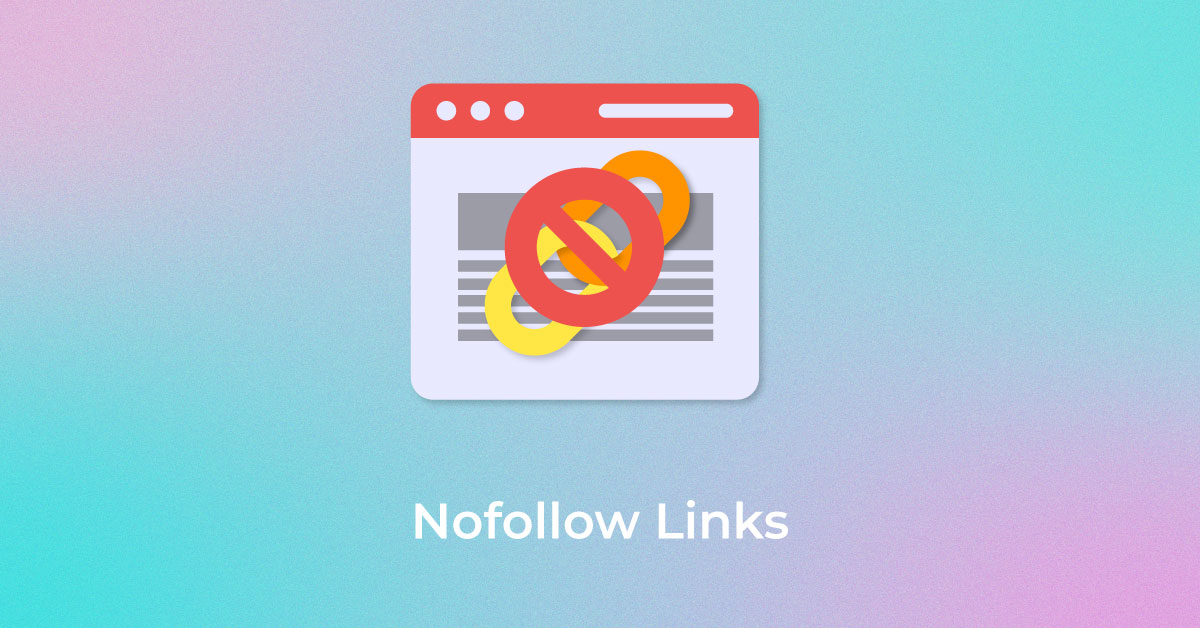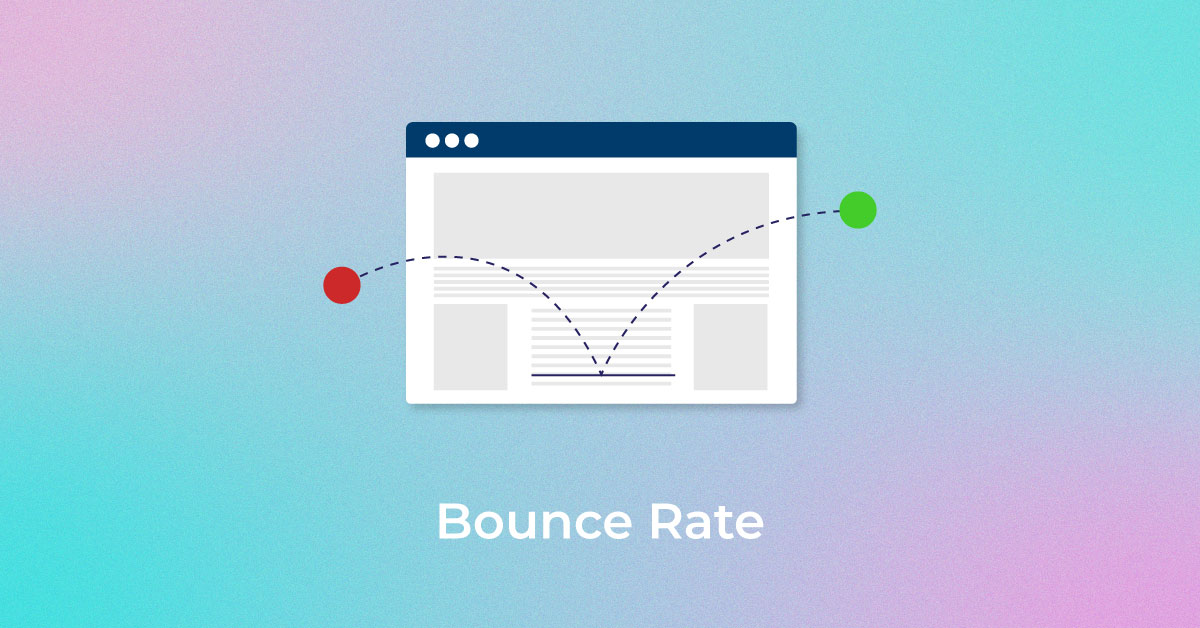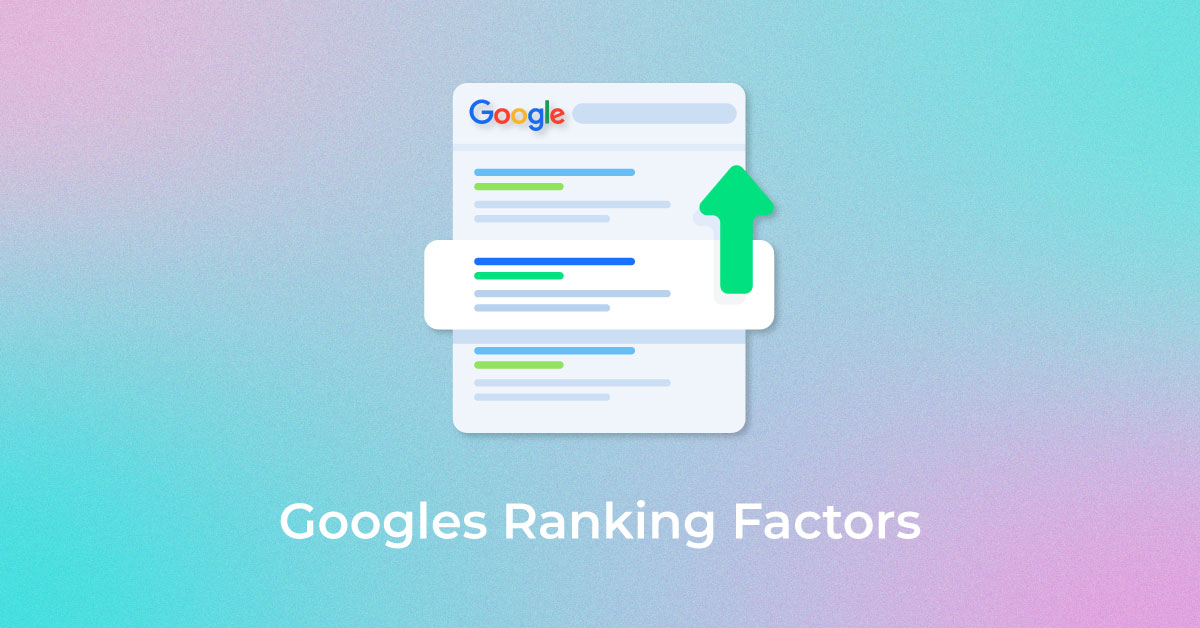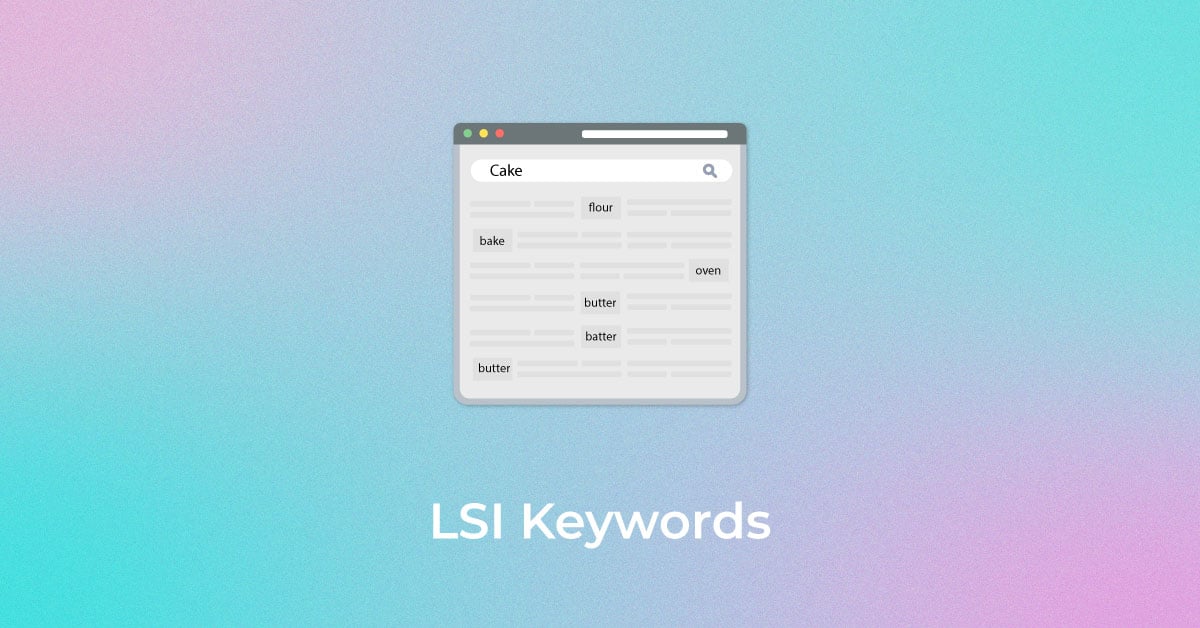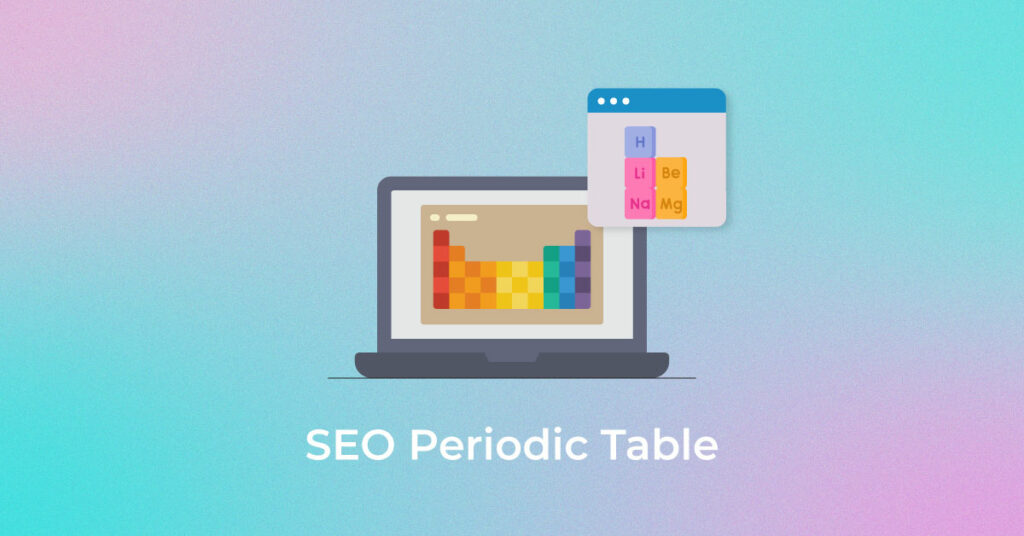SEO is a mixed bag of factors – both old and new, unchanging and ever-evolving – that determine how your website ranks on various Google SERPs (search engine results pages). And if you have always found it hard to keep track of them all, we are here to help. Know what you must do to get noticed online and achieve high website traffic conversion with our quick and easy periodic table of SEO success factors.
The Main Element Groups
Our SEO periodic table can be categorized into Eight major elemental groups that majorly impact your search rankings. Let us look at each one of them in some detail:
Group 1 – On page
On-page SEO is one of the important elements, where you optimize your web pages for users and search engines. Here are some of the important factors to follow while doing on-page SEO.
Meta Title
Titles tags are important as they specify what the page is about and the first thing a user views on a search engine results page (SERP).
Meta Description
This is a follow up to titles, meta description provides overview of the content on the webpage. Creating crisp, to-the-point page descriptions provides users and Google what your page is about.
Web Page Structure
Your pages should have proper structure, with proper headings, pointers and images.
Header Tags
H1, H2, and H3 tags are a must-do on any site owner or web publisher’s list of SEO tasks. Make sure to include keywords in them if possible.
URLs
URLs are one of the most basic elements of On-Page SEO. A good URL structure on a website can help improvise SEO. An important thing is to keep URLs simple & concise.
Internal Links
Internal linking is one of the basic fundamental practices of on-page. This is crucial because this helps Google to discover other pages of your website.
Image Optimization
Image optimization is an important part of on-page optimization. Ensure that the images integrated on a website should not affect the website speed and user experience.
Group 2 – Technical
Technical SEO is another important element of SEO that is used to create a better website structure so that search engines can crawl and index pages effectively.
Site Structure
For an excellent user experience, you should have a proper site architecture. Your website should be easy to navigate so that users do not get lost or confused while searching for information.
Crawling
Search engines must be able to easily crawl your website if they are to index its pages and determine their search rankings. You can ensure this with a detailed and frequently updated sitemap. It is also advisable that you block any unwanted pages by indicating that they must not be crawled in your robots.txt file.
Mobile Responsive
Almost everyone owns a smartphone – hence, you must make your site more mobile-friendly. Make sure that your desktop and mobile site versions match. You can use the Google Pagespeed Insights tool to check your site performance on mobile devices.
Pagespeed
Nobody likes to be kept waiting while visiting a site. Invest in a server with little uptime to ensure your pages load quickly on both desktop and mobile devices.
Secured
Migrate from HTTP to secure HTTPS hosting to show users that you are trustworthy.
Accelerated Mobile Pages (AMP)
The use of Accelerated Mobile Pages (AMP) helps cut down on the page loading time and bounce rate while increasing the adjustment to different browsers or mobile-friendliness.
International
This mainly about geo-targeting, where you optimize your website as per regions. Hence, tailor-make your content based on the country from which your user(s) is. Few best practices involved here is Hreflang tags, X default tags, international keyword research etc.
Schema
A schema is added to your webpage to specify what it is and how it should be interpreted by search engines when displayed on a SERP.
Core Web Vitals
We are hearing a lot about core web vitals now, how important it is and how it will play a significant role in rankings. Core Web Vitals is all about how fast your page loads, how users can interact with the page.
Mobile-first Indexing
As we all know mobile-first indexing rolled out in 2019 for all the websites. Mobile-first indexing means Google uses your mobile version website for indexing and ranking.
Pagination
Pagination is mainly implemented to optimize the loading time of a website. The main purpose of pagination is to improve user experience and providing effortless navigation.
Group 3 – User
While SEO is all about getting Google to place you high up on its SERPs, the end goal is to have more users visit your site and keep coming back forevermore. The list below will help you figure this critical SEO periodic table factor out.
User Interface
UI and UX play an important role in SEO. UI is how users are interacting with your web pages via different devices.
User Experience
Put yourself in the shoes of your user and ensure that their stay on your site is a smooth and fruitful one. Help them find what they are looking for with ease – good internal linking and navigation practices are a must to ensure this.
User Intent
Most users are not very communicative – their search intent may be different from their actual search query. Factor this in while authoring content and include LSI (Latent Semantic Indexing) keywords and synonyms into longer articles.
Behavior
Use cookies to track user behavior and analyze the number, duration, and nature of their visits.
Dwell Time
Dwell time has a significant impact on website performance. In simple words, dwell time means how much time a visitor or user spends time on your website. Higher the dwell time better the website performance.
Group 4 – Off-Page
Having a large number of sites linking to yours tells Google that you are reputable. Link-building is one of the most important factors for SEO and here is how you can go about it the right way:·
Relevance
Having many sites link to you is a good start, but you must make sure that you only allow those that are relevant and from popular, high-authority sites.
Linking Text
Links are a way for sites to recommend or vouch for other sites they like. This SEO periodic table element requires webmasters to earn links from quality sites that use the same or similar keywords.
External Links
The more high-quality external links pointing to your site, the better your chances of ranking highly.
Link Intersect
Link intersect is a link-building technique that helps you to track your competitor’s backlink profiles.
Reclaim Links
Link reclamation is another link-building technique where you find and fix the broken links of your website.
Group 5 – Keywords
Search Queries
Use the Google Keyword Planner to conduct extensive research on keywords that are relevant to your domain. This way, you can tailor-make your SEO campaign and be confident in its success.
Keywords Frequency
As the name suggests, it means how many times your keywords should appear in the content. It is important to check the frequency of your keywords while publishing your content to avoid any Google penalty.
Long Tail
Long-tail keywords are phrases with lower search volumes. Long-tail keywords can drive enormous amounts of traffic to your website.
LSI Keywords
LSI or Latent Semantic Indexing keywords are coupled together with focus keywords in the content.
Group 6 – Content
Content is indeed king when it comes to building an enviable online presence. However, this is easier said than done as Google has a long checklist of qualifiers against which it evaluates a site’s or page’s content. Make sure that you keep the following pointers in mind when authoring new articles for your site:.
Engaging
If your users are not engaged, your content will fail. Innovate and experiment with newer topics, content delivery methods, tonality, etc. to keep them hooked always.
Unique
The more unique and appealing your content is to users, the more revisits you will score. Make images, video, and audio your weapons of choice to reach out to your target audience.
Error Free
Content should be grammatically correct, wholesome content sans any spelling and punctuation mistakes must be your number 1 priority.
Updated
Content is important and it is for a reason. Your site content should be current and informative – this is the only way it will be of value to users.
Investigate
Do your homework before you start writing. Getting your facts right will ensure you spare yourself the embarrassment of making any retractions or corrections later on as well as show your readers you know what you are writing about.
Solutions
Users or site visitors are always looking for answers or solutions to their various queries or questions. Frequent online customer forums, competitor blogs, etc. to find out what your target audience wants to know and write about it.
Infographics
The more unique and appealing your content is to users, the more revisits you will score. Make images, video, and audio your weapons of choice to reach out to your target audience. However, you must remember to use the alt attribute to add text alternatives to such non-text content.
Consistent
Every content piece that you create will add to your reputation so put ample thought into it. Furthermore, sites that function the same way they did for years will help paint a picture of familiarity and consistency.
Expertise
Expertise is about high-level skills or knowledge in a particular field. While there are two types of experts – professional or formal and every day – Google considers content written by experts as a ranking factor. Professional or formal experts, as the name suggests, have years of formal training and/or on-the-job or industry experience to their credit and are considered the top minds in their field. Everyday experts, on the other hand, draw from personal experience but do not have the professional or educational qualifications of a formal/professional expert.
Authority
Authority is all about reputation. When people come to your website in large numbers you know that you are an authority on the subject. The best way to do this is to explicitly specify the credentials of the author and sources.
Trustworthy
This is crucial because the user should feel safe while they are on your site – thin and mediocre content will make them question if you care about them. To build trust you should have a clear Contact Us page with all the necessary information, testimonials, etc.
Content Archive
You should have lots of content available on your website. A content archive will help you bring more visibility to your website.
Group 7 – Local SEO
GMB
Google My Business, also known as GMB, is a tool that helps you create & manage your business listing online, provided you serve locally.
Local Links
Quality local links are a vote of confidence that Google just cannot ignore – earn as many of them as possible.
Reviews
Review plays a crucial role in Local SEO. With good reviews and ratings, there are chances that you will perform well in local listings.
NAP
Optimize your Google My Business listing and give out consistent NAP (name, address, phone) information.
Local Citations
To rank your website in local listings, you should provide correct NAP on all the business directories.
Group 8 – Negative SEO
Cloaking
Cloaking involves showing search engines pages that are different from the ones you display to human visitors and is frowned upon by Google as it is a sneaky way of gaining in organic search.
Intrusive Interstitial
If you are a user and a pop-up ad is displayed on the website you will leave that website immediately. Interstitials are pop-up ads that block user engagement on the website.
Black Hat
Black Hat SEO is a set of ill practices carried out in order to rank higher in Google search results. These techniques are called black hat as they are against Google guidelines.
Fake Reviews
Fake reviews are used to boost ratings of your products or services. Google has already warned SEOs on fake reviews.
Keyword Cannibalization
This is when you use the same keyword on multiple pages, you end up competing with yourself. This will nothing but impact your rankings for targeted keywords.
Duplicate Version
You should always have one version of your website. This can happen while you migrate your website from non-www to www or from HTTP to HTTPS. Always double-check that you should have a single version of your website.
Discrepancy
Your website should have the same content on the desktop and mobile versions. You should avoid any sort of discrepancies on both the desktop and mobile versions of your site.
Scraped Content
Content needs to be well researched and written, which creates value to your users. Do not just copy and paste others’ content on your website.
Doorway Pages
These are the pages that are specifically created for specific search queries. Doorway pages lead to a bad user experience.
Future of Online Marketing
While good-old textual content is informative, engaging and great for search rankings, there are a few other newer fields of content that are quickly gaining popularity with the users of today. Here are a few handy pointers to get to know this part of the SEO periodic table:
Voice Search
Did you know that almost 41% adults and 55% teens prefer and engage in voice searches every day? If you are tailor-making your content to suit this search niche, keep in mind the below list of dos and don’ts:
- Include to-the-point answers to commonly-asked questions in your content.
- A voice-search FAQ section is a must-have on your site.
- Write content that sounds natural and has a conversational, easy language.
- Aim for the position of the featured snippet on Google organic search.
- Include long-tail keywords in longer articles.
- Author content that can be understood even by a 15-year old.
- Make sure your site loads quickly.
- Optimize for searches that include keywords with the words ‘near me’.
Video Search
Videos are fast emerging as the go-to entertainment and education option of millions of people around the globe. The free video-sharing site, YouTube, has over a billion users (more than a third of the internet population) and around 100 hours of video is uploaded onto it every single minute! Below are a few quick ways to get your video search act together:
- Include a descriptive video transcript.
- Videos with interesting thumbnail images have a higher chance of being played by users.
- The titles, descriptions, and tags of your videos are as important as any other SEO aspect.
- Ensure that you place your video on a page that is relevant to it – it will not look good if it seems out of place or does not go with the overall subject of the page.
- Google usually indexes just one video for every page so place the video that you want ranking at the beginning of the page.
- Use the schema VideoObject.
Image Search
Images are powerful visual aids that help capture the attention of users. Make sure to keep the following list of tips in mind the next time you upload image-rich content on your site:
- Relevancy is key – the image you choose for a page must go with the overall theme and topic of the content on it.
- Pay attention to your image alt tags as they help Google index your pages and images better.
- Aim to have your images hosted on your domain instead of other domains like an image-hosting directory.
- Image file names that are keyword-rich will give search engines a fair idea of what your images and pages are all about.
- Relevant anchor texts are a must while linking to your images.
- Draw up an image sitemap.
- Use relevant schema markup for your images.
- Consider using lazy loading and browser caching for your image pages.
- Use a robust content delivery network (CDN) for maximum efficiency.
Google Discover
Google Discover is a personalised content recommendation engine. Google Discover is a part of three fundamental shifts of how Google will approach ‘Search’ in the next twenty years. One of these fundamental shifts includes moving from a ‘Query’ to a ‘Query-less’ way of getting information that is being served by Google discover. The other two shifts are the shift from answers to journeys and the change from text to a more visual way of finding information.
NLP
NLP stands for Natural Language Processing and you should take this into consideration. Optimize your content from the user’s point of view. The more you write your content from a user point of view, the better the chances of rankings.
In Conclusion
Every SEO professional, whether seasoned or amateur, can benefit from our SEO periodic table as it serves as a quick glance at today’s search marketing trends. While good SEO takes time, the afore-mentioned factors will help you draw up an efficient checklist for yourself or your team of webmasters and SEO professionals.
What do you think of our SEO periodic table? Tell us in your comments.
Popular Searches
How useful was this post?
0 / 5. 0











